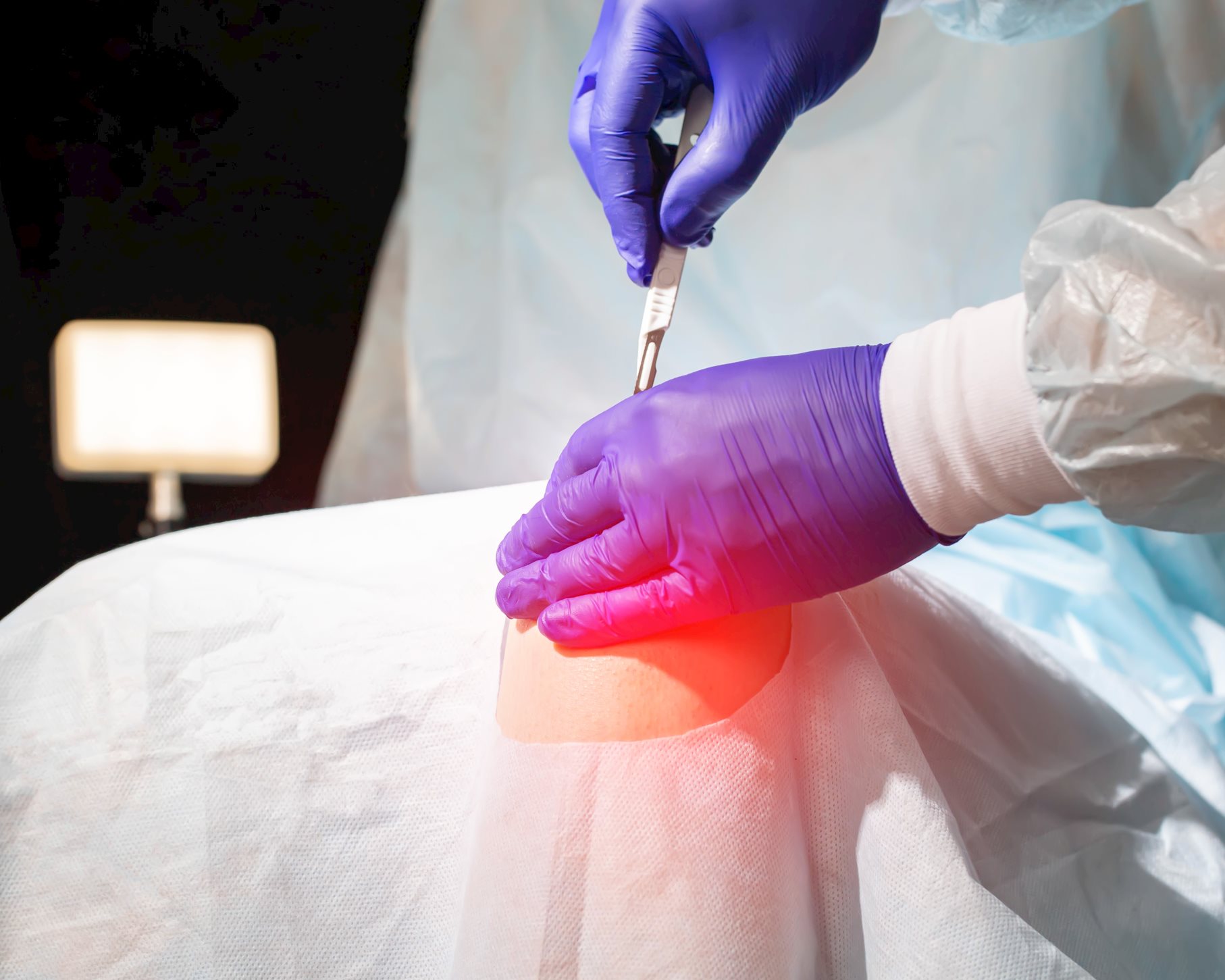Lingering effects from the Covid-19 pandemic in the knee implant surgeries market
The pandemic led to a spate of postponed and cancelled surgeries that temporarily depressed the global market for knee implants. Although the market is now returning to pre-Covid levels, the expected surge from clearing the significant backlogs has yet to arrive. Other factors also make the resumption of normal demand difficult to predict. Over the past 20 years, an ageing global population, more sedentary and less active lifestyles, technological advances and decreasing production costs have all made orthopaedic implants for knee replacement surgery a real growth industry.The pandemic led to a spate of postponed and cancelled surgeries that temporarily depressed the global market for knee implants. Although the market is now returning to pre-Covid levels, the expected surge from clearing the significant backlogs has yet to arrive. Other factors also make the resumption of normal demand difficult to predict.
Over the past 20 years, an ageing global population, more sedentary and less active lifestyles, technological advances and decreasing production costs have all made orthopaedic implants for knee replacement surgery a real growth industry.
But, like so many other global industries and services over the past couple of years, the market for knee implants has been hit hard by the Covid-19 pandemic. Ali Madani is the founder and head of Avicenne Medical, one of the world’s leading consultancies on the market for orthopaedic medical devices. He has some stark findings to share.

So, how has Covid-19 affected knee implant surgery? Is it just a case of clearing a backlog of postponements to rebound? Is the market otherwise strong?
Lockdowns around the globe meant hospitals needed to prioritise urgent Covid cases over elective surgery. Even when prospective patients’ surgeries could be rescheduled, fear of infection made many reluctant to go to the hospital. Both factors contributed to the sharp fall in the knee implants market in 2020.
And, in the case of the United States, which at more than 50% market share has by far the biggest customer base in the world for this type of surgery, there is an added complication, as Ali Madani explains:
According to World Economic Outlook 2020, the US unemployment rate ballooned during the first wave of the pandemic, from 7.1 million people in mid-March 2020 to a staggering 36.5 million people just two months later. That meant a huge fall in health insurance numbers and, thus, operations, too.
The US economy is now recovering. By July 2021, unemployment had fallen to 8.1 million people, nearly back to pre-Covid levels. Could the country’s status as a bellwether market signal a return to better times?
And in addition to this, the World Economic Outlook 2021 projects that the real GDP of advanced economies (the strongest markets for orthopaedic implant surgeries) will grow by 5.6% this year, compared with the 4.6% drop of 2020.

But it’s not just a case of clearing operation backlogs (complicated enough in itself). Other issues make the resumption of ‘normal’ demand difficult to predict.
Some surgeries were cancelled, not postponed. Patients’ reluctance to reschedule, having other health issues, and changes to health insurance packages when people change job are some of the factors in this vanished business. “Some surgeries have been completely lost and will never be recovered,” says Ali Madani.
There are other pressures. A reimbursement trend results in downward price pressure, and this is the main limiter of the orthopaedic market.
“Price erosion of mature products in orthopaedics has been a constant over the past 20 years. We do not expect a major shift, but some countries will suffer a more significant price decrease than others,” says Ali Madani.
Regulation is a further challenge. The introduction of the European Union’s Medical Device Regulation in May 2021, following the Medical Device Directive in 2019, has been pushing OEMs in Europe to reduce their implant product ranges and drastically increase their regulatory budgets to meet stringent certification requirements. That sucks away money that could otherwise be spent on research and product development.
“Regulatory issues (and the associated costs) are becoming heavier and resulting in a longer time to market for new product launches and a more limited range of products,” adds Ali Madani.
Nevertheless, 2020 could be seen as an outlier amid an overall trend towards continuing growth. Avicenne Medical forecasts that the orthopaedic market overall will grow by 3.8% between 2019 and 2025 and puts the corresponding growth in the knee segment at 3.2%.
“There are several drivers at play here,” says Ali Madani. “They include a high growth in the volume of surgeries in emerging countries as their economies strengthen and with it their healthcare sectors. Globally, the upward demographic and rising economic purchasing power will continue to have a positive effect on the sector.”
 Furthermore, while the markets in developed countries have long since matured from the boom time of 2000 to 2010, there are new growth areas. New entrants are challenging the major players in the market with disruptive innovations such as smart implants and cheaper 3D-printed components, leading to the majors buying up rivals.
Furthermore, while the markets in developed countries have long since matured from the boom time of 2000 to 2010, there are new growth areas. New entrants are challenging the major players in the market with disruptive innovations such as smart implants and cheaper 3D-printed components, leading to the majors buying up rivals.
Nonetheless, Ali Madani says that these opportunities are matched by some continuing uncertainties, especially for those big, established players.
So, after all the uncertainties and challenges of the past couple of years, the knee implants segment is still unsettled, though there are signs of underlying growth. It’s just a question of what kind of market will emerge when the pandemic eventually comes to an end.
(for further information, please contact Ali Madani - a.madani@avicenne.com )

